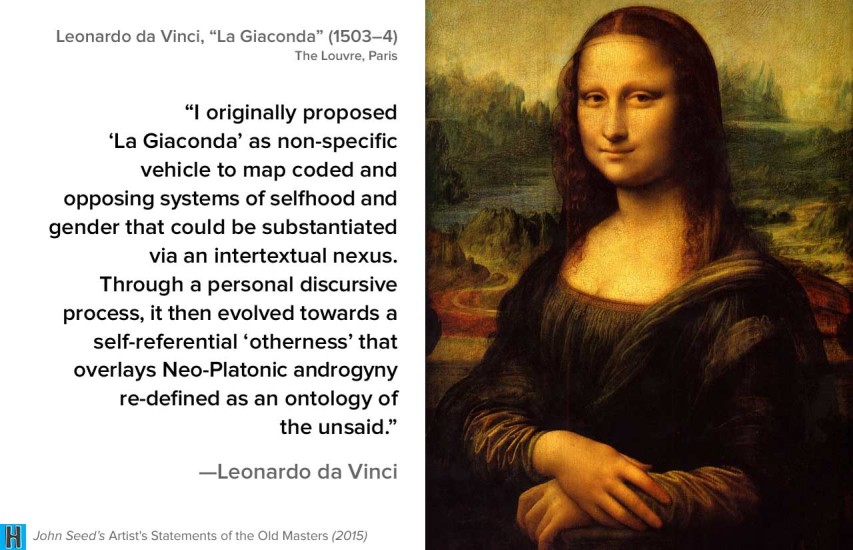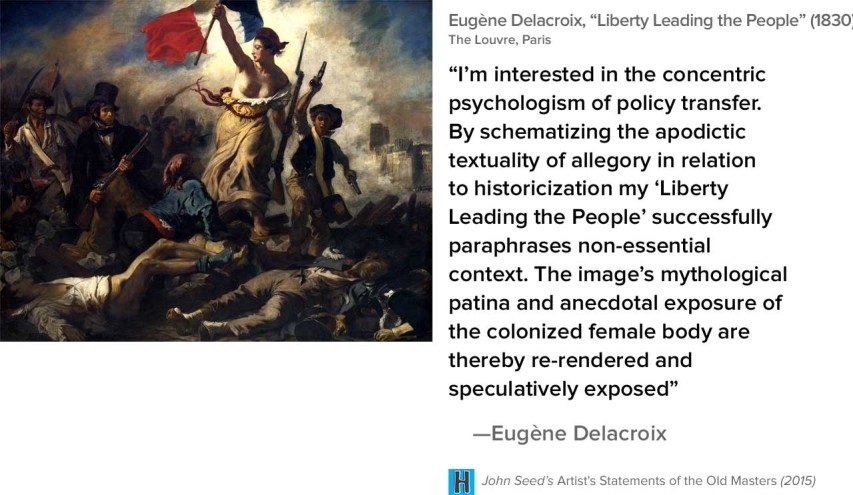 The NFL preseason is finally underway with last night’s Hall of Fame game played in Canton, Ohio between the Vikings and the Pittsburgh Steelers. The Steelers rested many of their starters (Ben Roethlisberger was not even in uniform for the game), while the Vikings’ starters only played brief stints before handing over to backups. At 1500ESPN, Andrew Krammer rounds up the action:
The NFL preseason is finally underway with last night’s Hall of Fame game played in Canton, Ohio between the Vikings and the Pittsburgh Steelers. The Steelers rested many of their starters (Ben Roethlisberger was not even in uniform for the game), while the Vikings’ starters only played brief stints before handing over to backups. At 1500ESPN, Andrew Krammer rounds up the action:
Bobbled interceptions, special teams gaffes, whiffed tackles and an injured kicker.
The NFL’s exhibition slate opened in mid-preseason form as the Vikings and Steelers played to a 14-3 final in Canton, Ohio on Sunday night — and it came with a little bit of everything.
Pittsburgh kicker Shaun Suisham broke the ice with a 36-yard field goal to give the Steelers a 3-0 lead, just before Suisham left the game with a knee injury after attempting a tackle along the sideline. Rookie tight end MyCole Pruitt’s 34-yard catch-and-run on a crossing route put the Vikings up for good at 7-3. Running back Joe Banyard converted rookie Stefon Diggs’ big punt return into a one-yard touchdown run for the 14-3 lead that stood as final.
Here are five takeaways main takeaways from the first exhibition action:
• CB Trae Waynes with work to do: Reminds you a little of Xavier Rhodes doesn’t it? Rookie Trae Waynes drew three defensive contact penalties as he played the entire game. It wasn’t a pretty debut, but perhaps necessary as coach Mike Zimmer and his defensive staff work to mold the former Michigan State cornerback into a NFL-caliber player. He played a lot of off coverage, something relatively new to him in the NFL, and showed his room for improvement, including on a 35-yard one-handed grab by Shakim Phillips, who flew past Waynes, playing off, and shook Waynes’ arm bar for the impressive grab. Waynes was flagged for illegal contact on the play. It’s really no cause for concern. Rhodes went from penalty magnet to tough assignment in one year under Zimmer and this is just the beginning of Waynes’ education.
• Starters play one series apiece: Teddy Bridgewater returned from Florida after dealing with a personal matter to play one series for the Vikings. He went 5-for-6 for 44 yards on seven passing plays, adding a six-yard scramble. He went 1-for-2 on third-down attempts, converting a 3rd-and-5 with a completion to tight end Kyle Rudolph. The drive ended after undrafted rookie fullback Blake Renaud’s lead block was blown up on Jerick McKinnon’s 4th-and-1 attempt. Eight different Vikings caught the first nine completions. (We discuss those impressive fifth-round picks below)
Save for Gerald Hodges, Audie Cole and Waynes, the defensive starters saw just three plays in one series. The starters forced a three-and-out against mainly Steelers’ backups, including quarterback Landry Jones. Ben Roethlisberger, Le’Veon Bell, Antonio Brown and Maurkice Pouncey did not play for the Steelers. Hodges got the start at strong-side linebacker for Anthony Barr, who didn’t travel as he recovers from inflammation in his surgically-repaired left knee. Cole got the start in the middle, tipping a 3rd-and-13 pass that was completed anyway to rookie Sammie Coates for 12 yards. Hodges took advantage of his opportunities with solid open-field tackles.
At the Daily Norseman, Christopher Gates discusses the game:
Pittsburgh put up the first points of the game nearly halfway through the second quarter on a 36-yard field goal by Shaun Suisham, taking a 3-0 lead. The Vikings answered on the ensuing drive, with Mike Kafka matriculating the ball down the field and finding a wide open MyCole Pruitt for a 34-yard touchdown pass to make the score 7-3 in favor of Minnesota.
That’s how they went into the locker room, and neither team could get much going in the second half … until rookie Stefon Diggs got an opportunity to do some damage. Diggs took a punt from Brad Wing and, after a couple of nifty moves, took the ball all the way down to the Pittsburgh 1-yard line. (The Vikings threw a challenge flag, thinking that Diggs had gotten the ball into the end zone, but the call was upheld.) Joe Banyard took the ball into the end zone on the next play, extending the Minnesota lead to 14-3.
That ended the scoring for the evening. The two teams exchanged turnovers later on in the third quarter, both thanks to bobbles by tight ends. First, rookie Taylor Heinicke threw a pass to Chase Ford that Ford was unable to handle and resulted in an interception by cornerback Kevin Fogg. On the next play, however, Landry Jones hit tight end Jesse James, but he fumbled the ball and Vikings’ linebacker Brian Peters wound up falling on it. That pretty much ended the excitement, such as it was, for the evening.
Kafka wound up leading the Vikings in passing, completing 7-of-10 for 66 yards and a touchdown. Heinicke also went 7-for-10 passing, but had just 51 yards and the one interception. Bridgewater, as we mentioned, went 5-for-6 for 44 yards.
Matt Asiata led the Vikings in rushing with six carries for 30 yards. Joe Banyard had the most carries for Minnesota with seven, and wound up with 22 yards and his 1-yard touchdown run. MyCole Pruitt led the Vikings in both receptions and yardage on the evening, snagging four passes for 51 yards and the long touchdown.
The Vikings’ defense asserted themselves fairly well on the evening, allowing Jones. . .who played the entire game for the Steelers. . .to complete just 50 percent of his passes, as Jones went 16-of-32 for 135 yards. The Vikings also held the Steelers to just 68 yards rushing on 25 carries.
Minnesota will be back in action on Saturday, 15 August, as they will host the Tampa Bay Buccaneers at TCF Bank Stadium. The Steelers play again on Friday, as they’ll make a trip to Jacksonville to take on the Jaguars.




 The NFL preseason is finally underway with last night’s Hall of Fame game played in Canton, Ohio between the Vikings and the Pittsburgh Steelers. The Steelers rested many of their starters (Ben Roethlisberger was not even in uniform for the game), while the Vikings’ starters only played brief stints before handing over to backups. At 1500ESPN,
The NFL preseason is finally underway with last night’s Hall of Fame game played in Canton, Ohio between the Vikings and the Pittsburgh Steelers. The Steelers rested many of their starters (Ben Roethlisberger was not even in uniform for the game), while the Vikings’ starters only played brief stints before handing over to backups. At 1500ESPN, 

